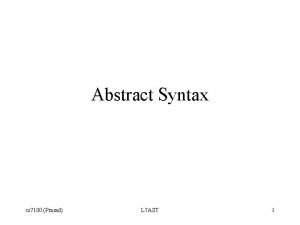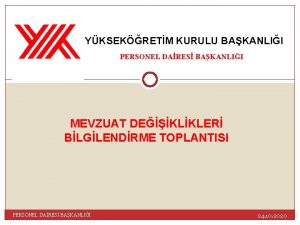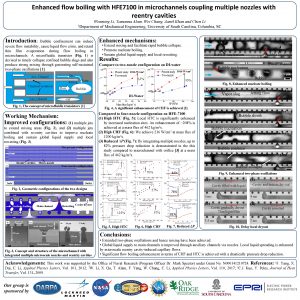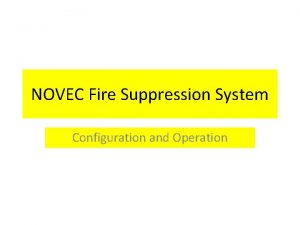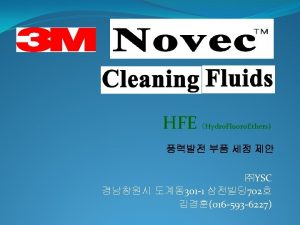1 Flow rates for Novec HFE 7100 and






- Slides: 6

1 Flow rates for Novec HFE 7100 and N 2 gas for stave thermo studies. R. MCKAY IOWA STATE UNIVERSITY ISU WEEKLY MEETING NOV 8, 2017

2 Novec HFE 7100 flow through stave. Last Oct-2016, using the Badger H 205 B-010 flowmeter, a set of curves were generated for 5 different Novec fluid temperatures over a range of 12 to 22 booster pump RPMs. (range of 64 to 145 psi at stave. ) Due to the crude scale on the flowmeter another set of data was taken this November 2017 using the technique of pumping the Novec fluid through the stave into a bottle. The flow rate was calculated by volume in bottle/time lapsed. The bottle collection data was done at room temperature. Data was taken at booster pump RPMs of 12, 16, 20 & 22. The fluctuations in the bottle data was much better than the readings from the Badger flowmeter. The bottle data shows a 1 liter/min rate at a booster pump RPM of 21. The flow rate is a function of friction of the 2 mm ID tube in the stave, thus a longer stave will require a higher RPM to drive 1 L/m.

Novec flow rate for booster pump RPM (adjusted for Novec density) 3 1. 05 1. 00 0. 95 Flow rate (L/min) 0. 90 0. 85 0. 80 0. 75 0. 70 0. 65 0. 60 10. 0 12. 0 14. 0 16. 0 18. 0 20. 0 Booster RPM 22 C 0 C -10 C -25 C Bottle @ 22 C Linear(Bottle @ 22 C) 22. 0

4 N 2 flow into stave enclosure sections. The stave enclosure is composed of two sections: top “square” box and bottom long rectangular box. The dry nitrogen is pumped into each section at a single port at the west end & exits at two ports on the east end. Having only one gas flow meter, each section was metered while the other section was operated normally. The nitrogen maximum pressure changes from day to day as the number of users of the nitrogen supply changes. Typically the N 2 pressure decreases from a max of 17 -14 psi at turn on to 12 -7 psi over a few minutes. On the day of measuring the gas flow, the max pressure was 13 psi. A typical thermos study is done with the nitrogen pressure around 8 -9 psi. Only a couple of pressure levels were taken as I’m not looking for an extensive study of the flow rate at this time.

N 2 flow rate into Stave enclosure sections 45. 0 5 40. 0 Flow rate (lpm) 35. 0 Top section Bot section 30. 0 Avg Linear(Top section) Linear(Bot section) Linear(Avg) 25. 0 20. 0 15. 0 5 6 7 8 9 Pressure (psi) 10 11 12

6 Conclusions Using the bottle method to calculate the Novec HFE 7100 fluid flow through the stave provided more precise & accurate measurements than the Badger flowmeter. This was due to the crude gage on the Badger meter and difficulty in an accurate reading. This bottle technique should be used in future studies if/when the length of the stave is changed. The dry nitrogen flow rate differs between the two sections. The geometry of the sections and contents (i. e. stave and plumbing contents) must play a role in this difference. A future study in the IR image should confirm if the dry nitrogen flow effects the image. If so more testing will be done.





